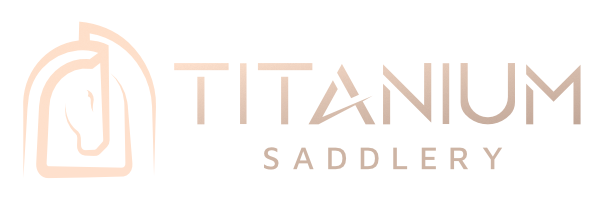Announcing Titanium Saddlery ~ home of the Horse Rug Whisperer
3kg will last just under 6 months and 5kg will last 9.5 months on the standard feeding rate for one horse
HoofXtra mix (formerly known as Laminitis Rescue)
It was back in 2007 that Emeritus Professor Chris Pollitt at The University of Queensland and his team (Asplin KE, Sillence MN and McGowan CM) showed that elevated blood levels of insulin (hyperinsulinaemia) is a major risk factor for laminitis. Laminitis caused by elevated levels of insulin is considered the most common dietary form. Insulin controls glucose metabolism.
To prevent laminitis caused by elevated insulin regardless of mechanism, the key is a diet low in sugar and starch as it’s these carbohydrates that trigger the release of insulin from the pancreas.
HoofXtra mix is not a therapy or cure for laminitis. Nothing can substitute for a low sugar + starch, low fat diet as recommended by vets like Dr Kellon VMD. It is a nutritional mineral and vitamin supplement that includes the B vitamin biotin, known to move nutrients into cells without insulin involved in other species (insulin signalling) and both pyridoxine and folic acid which may assist with nitric oxide production for blood circulation, in particular perfusion in the hooves, at levels recommended by Dr Eleanor Kellon VMD.
Copper: Involved in enzymes required for aerobic metabolism in rapidly dividing cells including the process that forms the sulfur components that hold keratin strands together in hair and hooves.
Zinc: Essential for interactions between proteins and a variety of enzymes that all metabolically active cells require for cell multiplication and maturation. Zinc is a key component of ‘zinc finger proteins’ in the assembly of keratin, a hoof building material. A zinc deficiency can be expressed as slow hoof growth, thin walls and weak connections and horn.
When not deficient, copper and zinc prevent the fats and oils in the protective seal on the hoof from oxidising. Oxidative damage causes over drying and weakens the connections between cells. When the hoof is weak, it is more vulnerable to attack by organisms via microscopic cracks. In cattle, deficiencies in either copper or zinc have been linked to soft feet, cracks, abscesses, thrush and laminitis.
Iodine: Required for the production of thyroid hormones. Both high and low intakes of iodine result in goitre (thyroid gland enlargement) and hypothyroidism. Many horses are deficient in iodine.
Magnesium: The symptoms of a magnesium deficiency are the same as for excessive ionised calcium compared to magnesium. Symptoms include twitching, irritability, and hypersensitivity. Magnesium has many different j
obs to do in the body and one of the most important is to control ‘excitable’ tissue activity, including the nervous system, heart, skeletal muscle and smooth muscle in the intestinal tract, uterus, urinary tract and blood vessels.
Biotin: Has a role in general metabolism and in maintaining integrity of skin, hair and hooves.
Pyridoxine: Has a role in normal general metabolism, nervous system function and vision, involved in red blood cell formation and in maintaining normal healthy skin and vision.
Folic acid: Involved in general metabolism, in blood cell production and the formation of red and white blood cells and haemoglobin.
Selenium: Selenium is an important antioxidant for protecting cell structures and cell membranes from the effects of oxygen free radicals produced during energy generation and therefore most important for tissues with high aerobic metabolism activity like the brain/nervous system, heart, skeletal muscles and rapidly gro
